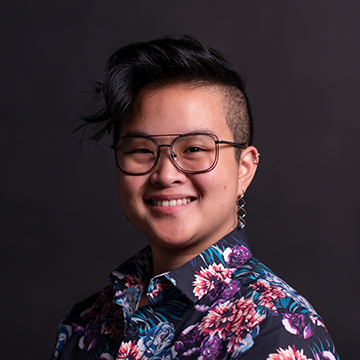[an error occurred while processing this directive]
[an error occurred while processing this directive]
 [an error occurred while processing this directive]
[an error occurred while processing this directive]
PhD Candidate
[an error occurred while processing this directive]
University of Pennsylvania
[an error occurred while processing this directive]
[an error occurred while processing this directive]
[an error occurred while processing this directive]
[an error occurred while processing this directive]
[an error occurred while processing this directive]
[an error occurred while processing this directive]
PhD Candidate
[an error occurred while processing this directive]
University of Pennsylvania
[an error occurred while processing this directive]
[an error occurred while processing this directive]
[an error occurred while processing this directive]
[an error occurred while processing this directive]
Photonics
Quantum Sensing, Communication, and Engineering
[an error occurred while processing this directive]
Advancements Towards a Deployable Compact Diamond Quantum Device
[an error occurred while processing this directive]
The electron spin in nitrogen-vacancy (NV) center in diamond has been uniquely situated as a promising building block for quantum technologies as its long coherence time at room temperature and optical interface facilitate flexible readout protocols and enable versatility in applications. However, significant engineering challenges remain in realizing practical, deployable diamond-based devices in quantum communication, computing, and sensing. Among these roadblocks are poor photon collection due to diamond’s high refractive index, experimental overhead in sub-optimal initialization fidelities for the NV center, as well as the bulkiness and high power-consumption of bench-top electronics used for generating quantum control sequences. To this end, I have explored nanophotonic structures that improve the performance and scalability of optical interfaces for NV centers in diamond, demonstrating a monolithic immersion metalens with NA > 1 across the NV emission spectrum. I have worked with fellow members of Quantum Engineering Laboratory to showcase a real-time initialization protocol with improved NV charge-state initialization. Through a collaboration with Prof. Aflatouni's group here at Penn, I have also implemented spin control experiments with the first iterations of CMOS microwave sequence generators that can be readily integrated with the NV device. With these advances, I continue to work towards the realization of efficient, compact diamond quantum devices.
[an error occurred while processing this directive]
Tzu-Yung Huang is a PhD candidate in Electrical and Systems Engineering at the University of Pennsylvania, working with Prof. Lee Bassett at the Quantum Engineering Laboratory. Originally from Taipei, Taiwan, Yung received their B.S.E. in Electrical Engineering from Princeton University in 2015. Having worked with both bulk materials and nanoparticles as platforms for quantum technologies, they are interested in realizing novel architectures of efficient, deployable quantum devices for applications in quantum communication and sensing. They aim to do so by leveraging advances in nanophotonics design and fabrication, as well as interdisciplinary collaborations with experts in the fields of CMOS co-design and bioengineering.
[an error occurred while processing this directive]
[an error occurred while processing this directive]
[an error occurred while processing this directive]
 [an error occurred while processing this directive]
[an error occurred while processing this directive]
PhD Candidate
[an error occurred while processing this directive]
University of Pennsylvania
[an error occurred while processing this directive]
[an error occurred while processing this directive]
[an error occurred while processing this directive]
[an error occurred while processing this directive]
[an error occurred while processing this directive]
[an error occurred while processing this directive]
PhD Candidate
[an error occurred while processing this directive]
University of Pennsylvania
[an error occurred while processing this directive]
[an error occurred while processing this directive]
[an error occurred while processing this directive]
[an error occurred while processing this directive]